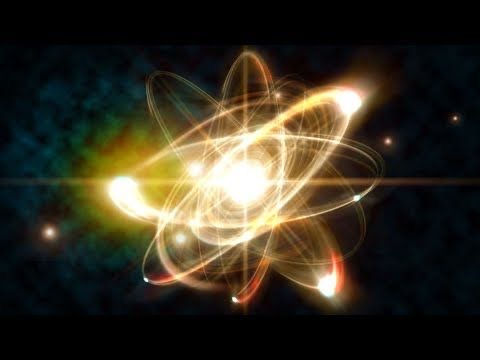Researchers report that Homo sapiens species did not immediately reach Europe
- pnegatina

- Apr 12, 2022
- 3 min read
The remains of the oldest “European” Homo sapiens, found in the Bacho Kiro cave and dating back over 45,000 years ago, belonged to individuals genetically more similar to modern populations of East Asia than to modern Europeans. A new study has tried to solve this mystery by contextualizing these individuals within the context of the other Eurasian genomes of the Paleolithic and jointly analyzing genetics and archaeological evidence.
The colonization of Eurasia by Homo sapiens occurred through at least three waves of expansion starting from a hub outside Africa. The human remains found in the Bacho Kiro cave (in present-day Bulgaria) and analyzed about a year ago showed a surprising result: these individuals were genetically more similar to modern populations of East Asia than to modern Europeans.. Although various scenarios have been proposed to explain the discovery, this unexpected finding has so far raised more questions than answers regarding ancient population movements that could explain the presence of individuals with such genetic characteristics in Europe 45,000 years ago.

A new study - published in Genome Biology and Evolution with the title "Genetics and material culture support repeated expansions into Paleolithic Eurasia from a population Hub out of Africa" - has tried to solve this mystery on the one hand by contextualizing these individuals in the context of others Paleolithic Eurasian genomes and on the other by jointly analyzing genetics and archaeological evidence. The research was conducted by Dr. Leonardo Vallini and Professor Luca Pagani of the Department of Biology of the University of Padua , in collaboration with Dr. Giulia Marciani and Professor Stefano Benazzi of theUniversity of Bologna .
In the scenario proposed by the authors, the colonization of Eurasia was characterized by repeated events of local expansion and extinction starting from a population hub, where the ancestors of all Eurasians inhabited after venturing out of Africa about 70-60,000. Years ago.
An early expansion of Homo sapiens , which left no descendants, would have taken place before 45,000 years ago and it is not yet clear how extensive it was since only one representative of this migration has been genetically identified so far.- discovered in the Zlatý kůň cave (in the present Czech Republic) - and not comparable to either the European or Asian populations.
"Later around 45,000 years ago - says Leonardo Vallini , first author of the study - a new expansion associated with a method of production of stone tools known as the Early Upper Paleolithic spread from the hub and colonized a vast area that went from Europe to East Asia and Oceania ".
A different fate befell the descendants of these ancient settlers in Asia and Europe: while the former prospered and still inhabit those regions today , the latter gradually became extinct in much of Europe., leaving behind only a few traces in sites such as Bacho Kiro, Oase in Romania and a few others.
"It is curious to note that, around the same time, the last Neanderthals also became extinct," says Giulia Marciani , researcher at the University of Bologna and co-author of the study.
"Finally, a last expansion occurred before 38,000 years ago and recolonized Europe starting from the same hub population and whose location is still to be clarified", summarizes Luca Pagani , coordinator of the study. "Although even in Europe there have been occasional interactions with some survivors of the previous wave, an extensive and generalized mixing between the two waves took place only in Siberia, where it gave rise to a population known as the Ancestral North Eurasian, which later will contribute to the Native American genome. "
This expansion is associated with a different type of material culture called the Upper Paleolithic which characterizes the main European Paleolithic sites.
"It is noteworthy that, from a cultural point of view, these new stone tools - underlines Telmo Pievani of the University of Padua and co-author of the study - have often been interpreted as the result of an independent development rather than a development of pre-existing technologies in Europe: it is encouraging to see that genetic and cultural conclusions can be reconciled in a global scenario ".
The authors conclude that further efforts should be directed to clarify the geographic location of the hub , as well as to identify the internal and external causes behind these ancient population movements , as well as the cultural dynamics associated with them.
Source: Unibo Magazin


















Comments